From the May 2022 issue of Apollo. Preview and subscribe here.
Maeve Gilmore (1917–83) is one of the 20th century’s ‘known unknowns’. As a painter of promise in the 1930s, Gilmore exhibited paintings at the Redfern and Wertheim galleries. Then, throughout her marriage to Mervyn Peake, she continued to paint, draw and show occasionally (two solo exhibitions, 40 years apart), never disappearing, always maintaining her own studio in a room at home. She was praised decorously by those in their circle as ‘a gifted painter in her own right’, as the poet Michael Moorcock said, yet subsumed into the public role of guardian for the fantastical imaginative world of Peake, so much so that during Peake’s long illness she wrote the final instalment of his Gormenghast sequence herself – Titus Awakes was finally published in 2011.
But her own vision now reveals itself, highly personal and lyrical, yet very much of its time, tending to a Surrealist interest in totemic objects, bones, birds, and dreamlike scenes, as well as a modernist sense of colour and design absorbed during her studies and travels in the 1930s, with her children her most frequent subjects. She left behind at least 200 items, including drawings on paper, with paintings in the New Hall Art Collection at Murray Edwards College, Cambridge, and the archive of University College London Hospitals. Her granddaughter Christian Peake seeks now to support and further her legacy ‘in the same way Maeve always championed and supported Mervyn’.
After her father Sebastian died in 2012, Christian began to separate Gilmore’s work from Peake’s. ‘We always knew which hers were, because his were framed, and hers weren’t,’ she notes. ‘We [Christian and her sister Rose] could be condemned for not recognising the value of her work sooner, but it was familiar, always on our walls, part of our lives, portraits of our dad.’ There had always been interest in Maeve, though, with a joint exhibition of her and Mervyn’s art at Viktor Wynd Fine Art in 2011, and one devoted to her alone at Bruce Haines Mayfair in 2014. After taking stock, it seemed natural to invite the nearby contemporary gallery Studio Voltaire to view the cache at the family home in Clapham. Curator Nicola Wright found the work ‘intriguing, compelling and distinctive’, and Gilmore ‘an important British artist of her period’ – as well as a local one, since Maeve was born on Acre Lane, less than a mile from the gallery. An exhibition opening this month at Studio Voltaire now offers another chance to assess Gilmore’s work (11 May–17 July).
She was, like Mervyn, the child of a doctor, but unlike him, a Catholic, and devout. She met him on her first day at Westminster School of Art, where he was her tutor. Their early encounters were, for her, ‘the beginning of living’. ‘She was a bonkers romantic, like all of us Peakes,’ Christian says. Before marriage she spent a year at art school in Bonn: she saw some of Hitler’s rallies, as well as works by Miró, Calder and Picasso in the Paris Exposition of 1937. She experienced the turbulence of the last century, picking up the pieces when Mervyn came back from drawing the newly liberated Bergen-Belsen.
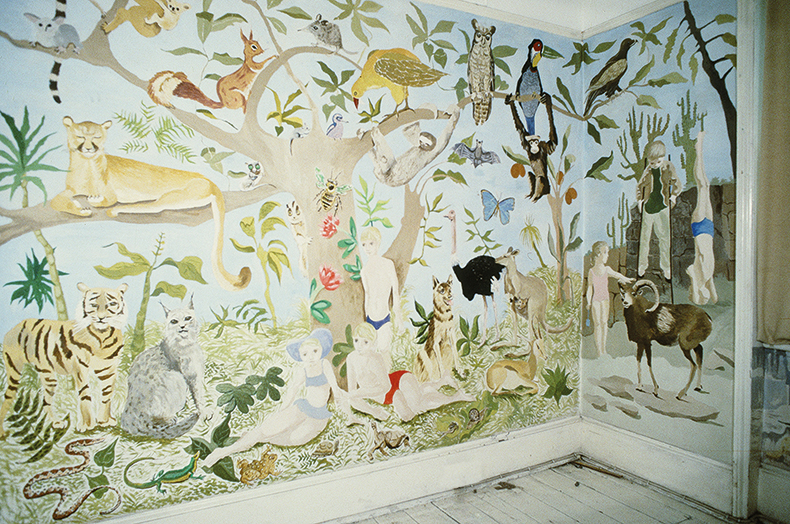
Mural painted by Maeve Gilmore in 1979–83 at her home in 1 Drayton Gardens, Kensington, London. ⓒ Maeve Gilmore Estate
After the war they lived wild and free on Sark, where Maeve established her practice of working with, rather than against, the flow of family life. ‘I always seem to have been able to paint when there is intense life surrounding me, despite the eternal meals, the fights of one’s children and the constant demands of domesticity,’ she wrote in her memoir, A World Away (1970). The paintings dramatise domesticity: a Puckish son peeps in at the kitchen window (Boy in Headdress; c. 1954); a cat curls its tail around a candlestick; these and more can be seen on the Instagram account maeve_gilmore_archive, run by Christian Peake.
As Nicola Wright explains, ‘Specific motifs and recurring objects repeat throughout her work, such as skeins of wool, taxidermied birds, onions and apples. These may be drawn from, or document, family life, but also weave a highly personal and symbolic visual language.’ References to Piero della Francesca are reworked as portraits of her children Sebastian and Fabian, ‘blue-eyed thugs’, as the poet Louis MacNeice named them when he and his family came to stay.
Christian also confirms a legendary regret: when Peake designed the Pan Books logo in the 1940s, he was indeed advised by Graham Greene to take a flat fee (£10), rather than a royalty fee per copy, because paperbacks were just a fad. ‘We’re still smarting over that…’ According to the family, Maeve rebuffed propositions by Graham Greene as well as ‘a very well-known Welsh writer’. ‘She was ash-blonde and very stylish. Perhaps people didn’t believe an artist would look like that,’ Christian says.
Maeve’s painting proliferated out of her studio and down the stairs in murals which covered the kitchen, even the oven. Wright sees parallels with Vanessa Bell at Charleston, and will display photographs of the interiors in the show at Studio Voltaire. ‘As a child I knew there was something different about her, because her exposed pipes were snakes,’ Christian recalls. ‘She was a very loving granny and a great cook, and painted a wonderful bedside table for me.’ After Mervyn’s death in 1968, she wrote a children’s book and turned to textile art. As Maeve put it, ‘I have never been able to divorce myself aesthetically, to decide between life and painting.’ This ambivalence of hers contributed, perhaps, to the frequent ‘rediscoveries’ her career has undergone. She has always been of interest, never categorically acclaimed. Perhaps a contemporary gallery is the right place for an artist whose work goes beyond the traditional scope of canvas.
‘Maeve Gilmore’ is at Studio Voltaire, London, from 11 May–17 July 2022.
From the May 2022 issue of Apollo. Preview and subscribe here.
Unlimited access from just $16 every 3 months
Subscribe to get unlimited and exclusive access to the top art stories, interviews and exhibition reviews.

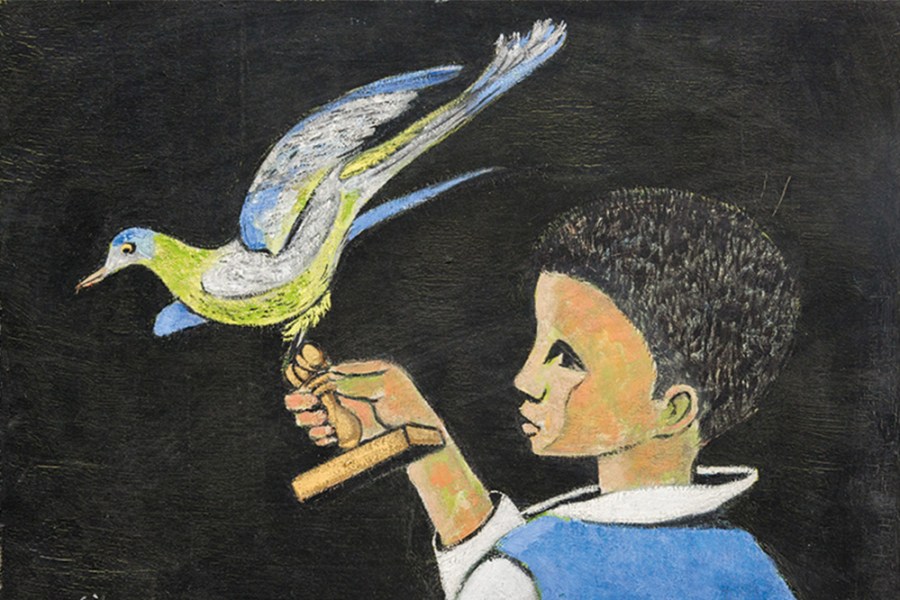
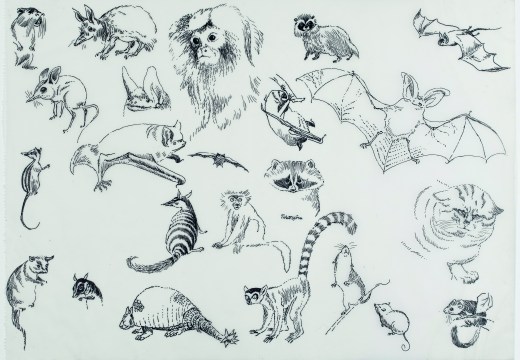
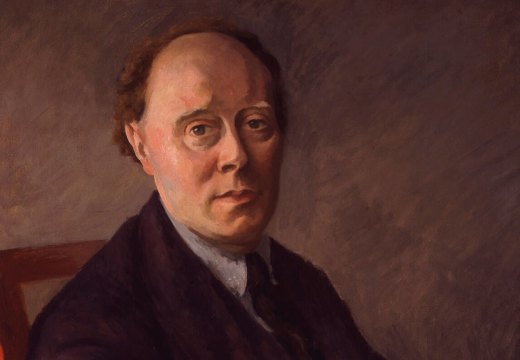
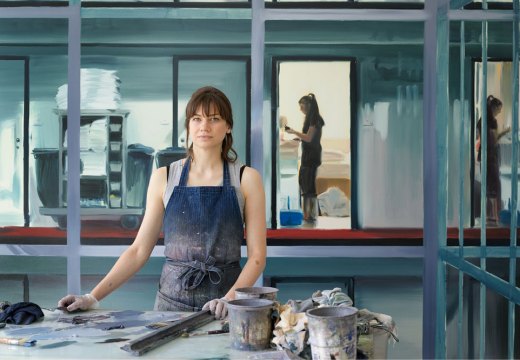









![Masterpiece [Re]discovery 2022. Photo: Ben Fisher Photography, courtesy of Masterpiece London](http://www.apollo-magazine.com/wp-content/uploads/2022/07/MPL2022_4263.jpg)
It’s time for the government of London to return to its rightful home